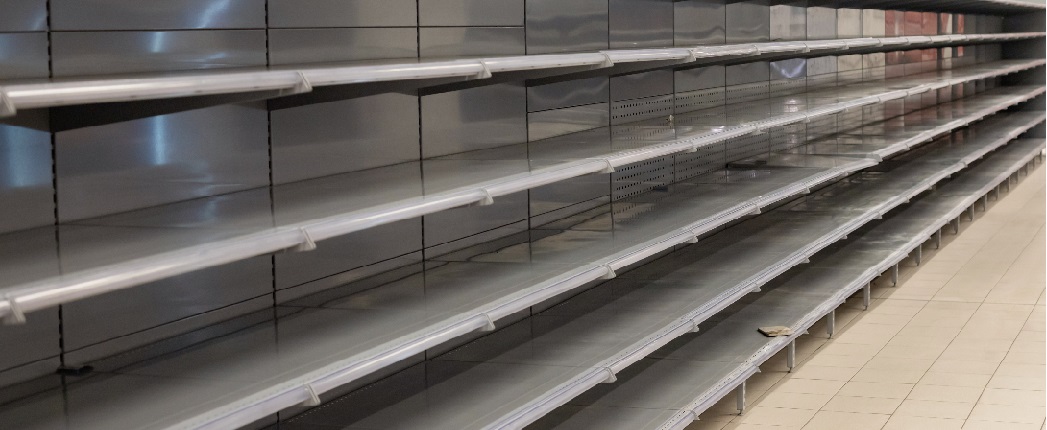
The winding down of foreign lubricant producers’ operations, the devaluation of the ruble and logistics problems created by sanctions have caused prices to skyrocket for many products in Russia, including motor oil. Market insiders say this has prompted Russian motorists to hoard their favorite engine oil in an effort to avoid the next price increase.
The run on motor oil, which left empty shelves behind, started in the weeks after the big oil majors announced plans to halt operations in Russia, including production and marketing activities, in protest of Russia’s invasion of Ukraine.
“Motorists rush to buy their usual motor oils,” Sergey Mamykin, owner of Cupper, an independent lubricant maker from Moscow, told Lube Report last week. “We are observing a price hike that ranges from 30% to 100%.”
In its production, Cupper uses Russian base oils and copper-based lubricant additives made in house.
“Even when foreign brands can be imported through third countries, the complex logistics process would push the prices much higher,” he said, assessing how much prices might go up.
Russia could suffer an extended shortage of motor oil, an OATS Solutions representative warned, because the industry’s main suppliers of lubricant additive packages – including Infineum, Lubrizol, Afton Chemical and Chevron Oronite – halted shipments to Russia, hamstringing domestic lube producers.
OATS is a British firm that provides information and productivity solutions for the lubricants sector.
“Domestic producers cannot fill the holes in supply because of a shortage of Group III base oils and additives,” said Artem Mazaev, who represents OATS in Russia. “The main additive makers no longer supply Russia. As a result, the domestic producers buy additives from China, but it is not a regular supply.”
Coupled with the organization issues, many Russian lubricant producers are faced with halting production because they cannot produce oil with additive packages recommended for contemporary equipment and cars, he added.
“Prices are growing almost every day in a chaotic manner, and there are great price differences for the same product between one sale point and another,” Andrey Dudenkov, an online distributer of motor oils, said at the end of March in a video posted on the YouTube channel Evolution Blending.
In the video, taken in a store that sells lubricants, he said that store managers are not able to catch up with almost daily changes in prices.
“For all those products that cost less, like 4,500 rubles (U.S. $60) for a four-liter canister, there is a great probability that they are fake products,” he warned.
“Lukoil’s 0W-40 semi-synthetic product in four-liter canisters costs 5,200 rubles, a similar Castrol product cost around 6,000 rubles, and these shelves are almost empty,” he said in the video. “Tomorrow this same four-litter canister could cost 7,000 rubles. If you can pay for the oil, I suggest come and buy it now.”
Mobil 1 0W-30 from ExxonMobil costs 10,800 rubles for four liters, he said. Just one liter of Mercedes-Benz original manufacturer recommended product costs around 13,000 rubles, while a two-liter canister of Toyota genuine oil costs about 6,000 rubles.
In Russia, inflation is running at galloping speed – the Russian Central Bank expects it to reach 22% in 2022 and the country’s gross domestic product to sink a whopping 9.2% this year. Consumer purchasing power has been devastated by the daily price hikes.
Dudenkov recommended that motorists take care of their cars because prices for automobile spare prices are also soaring.